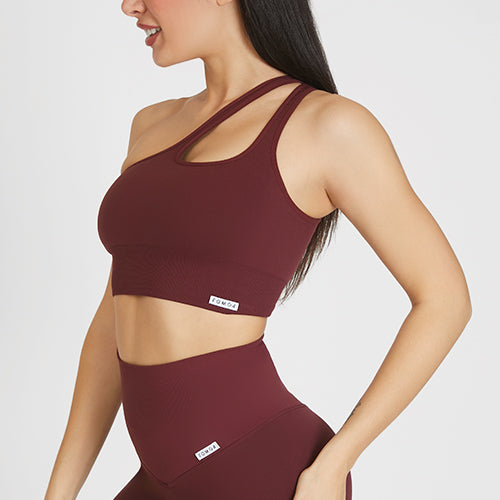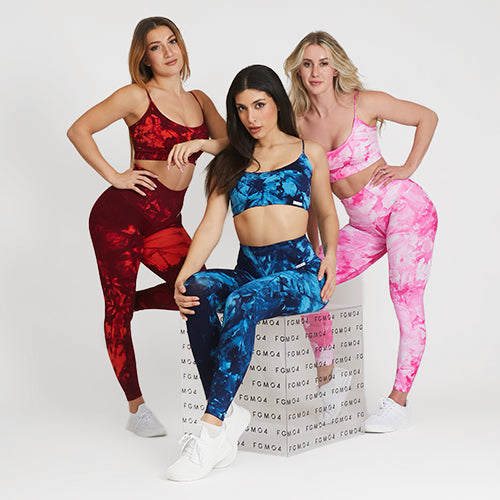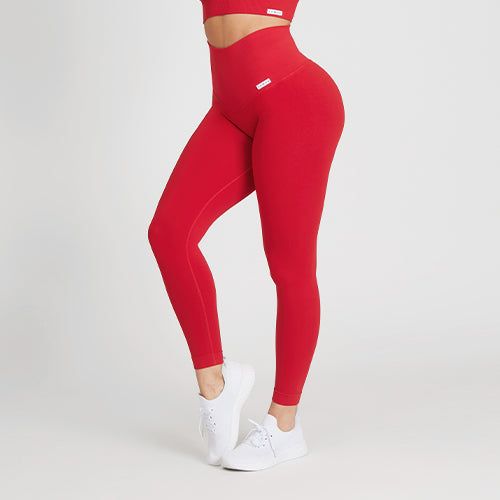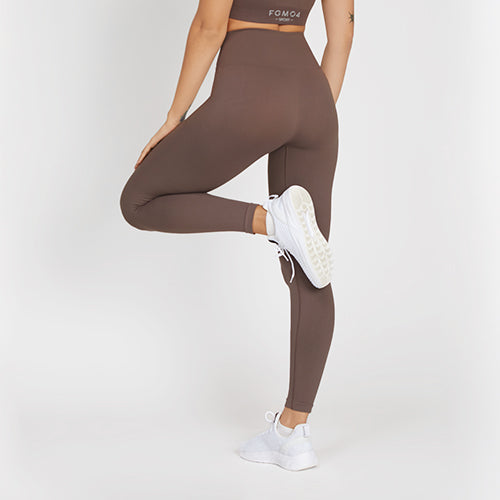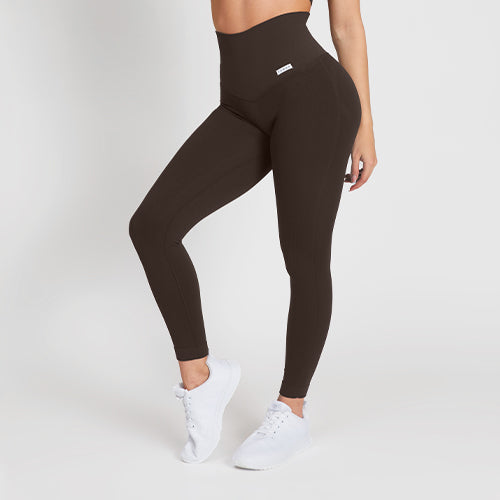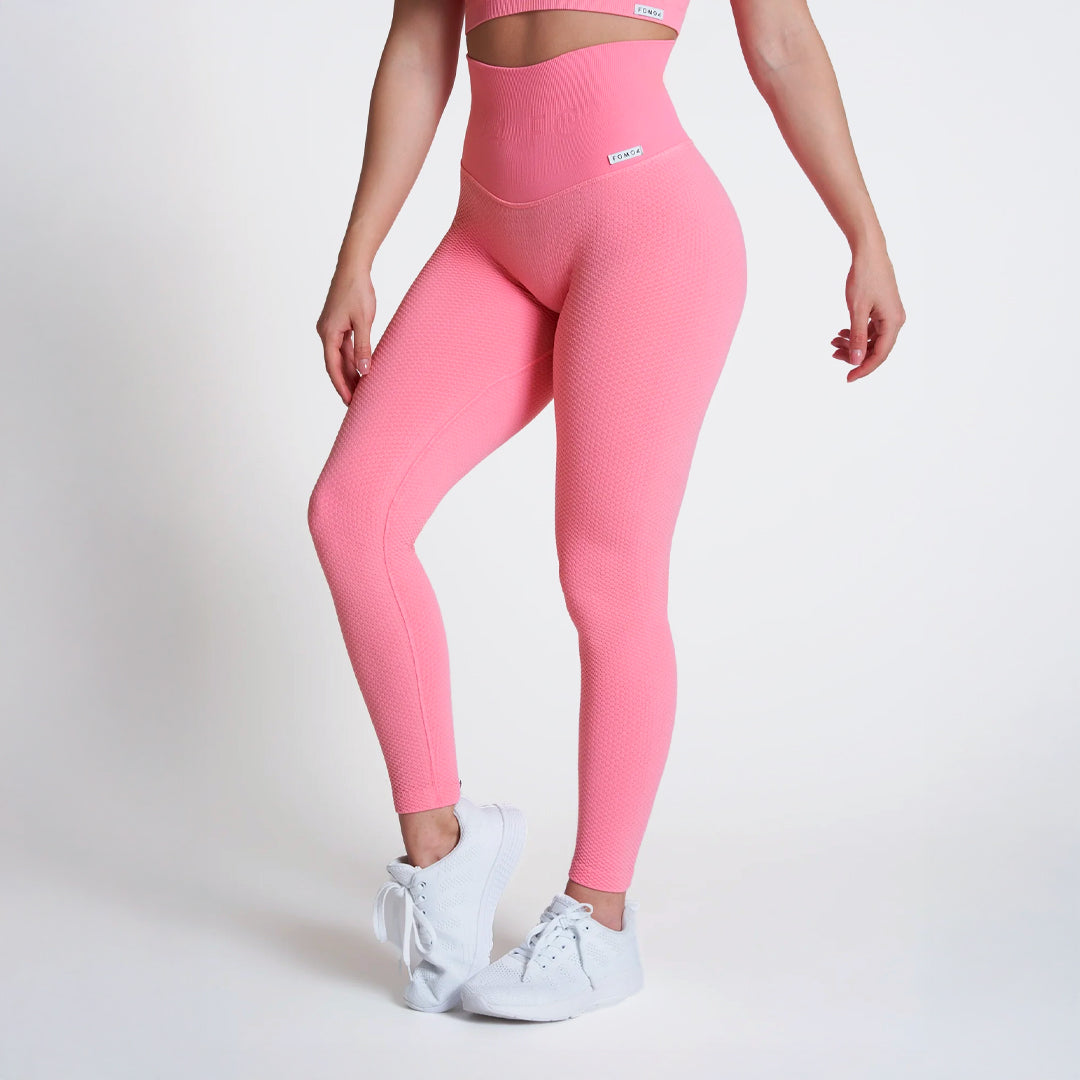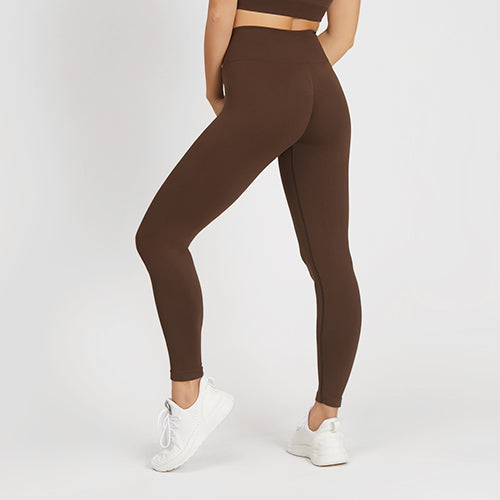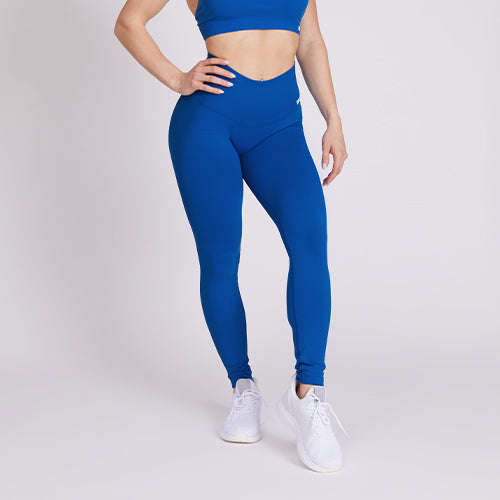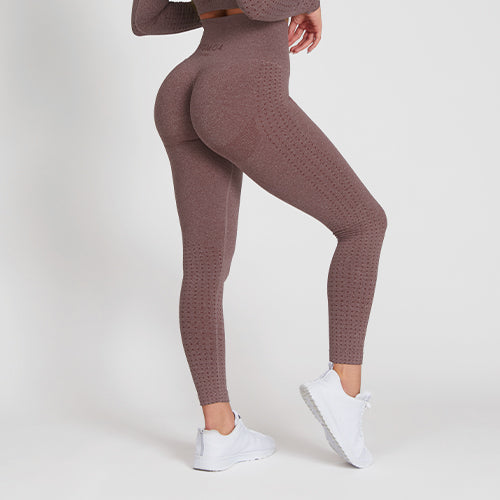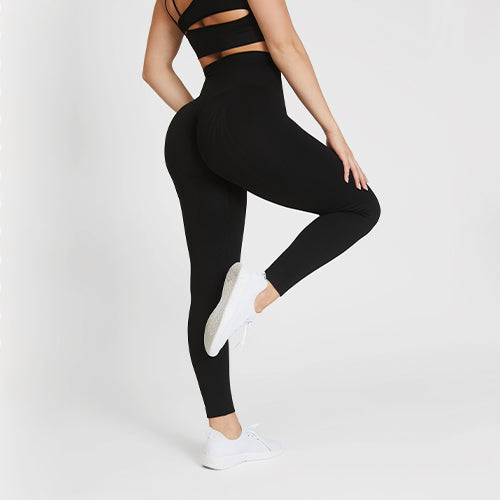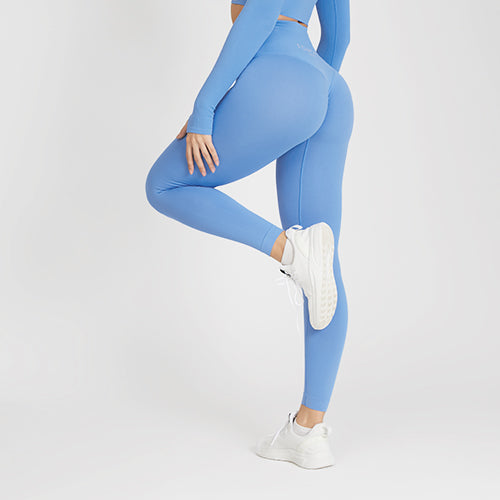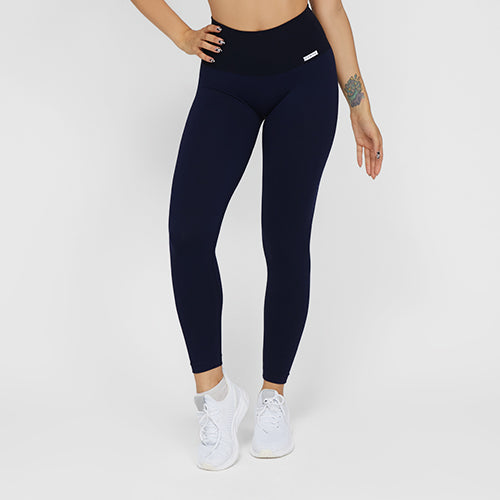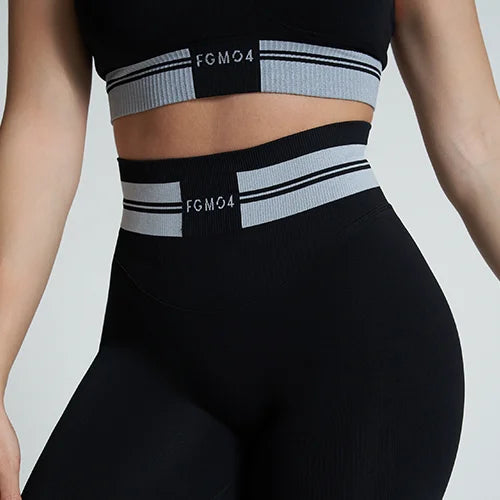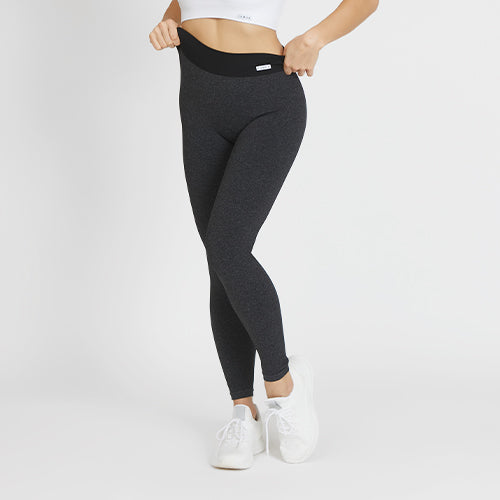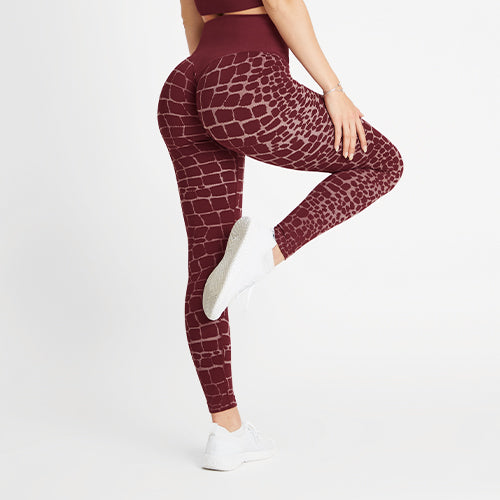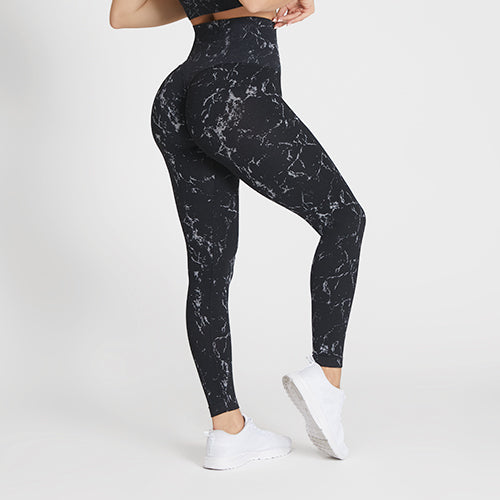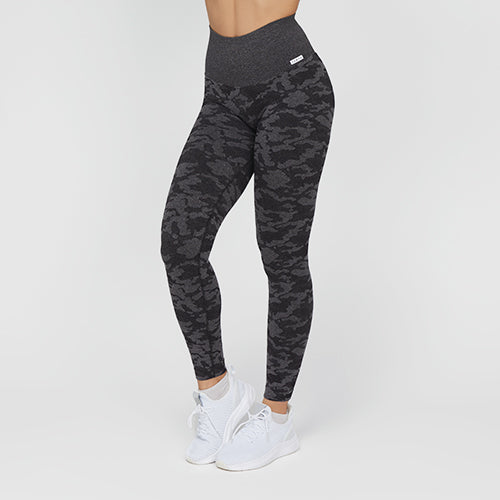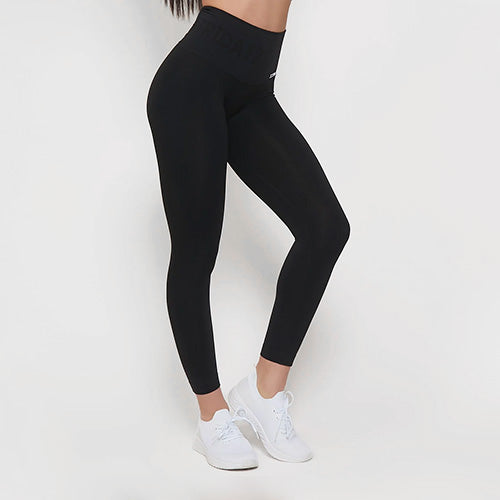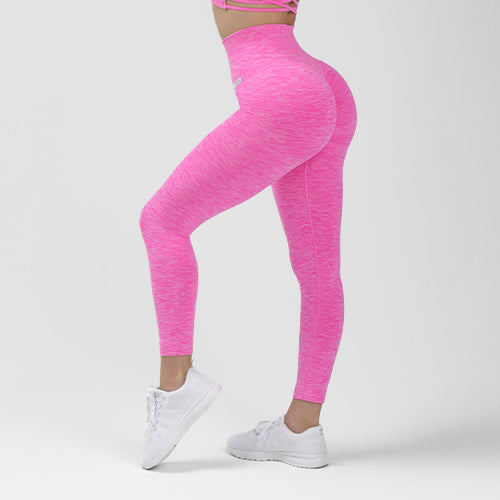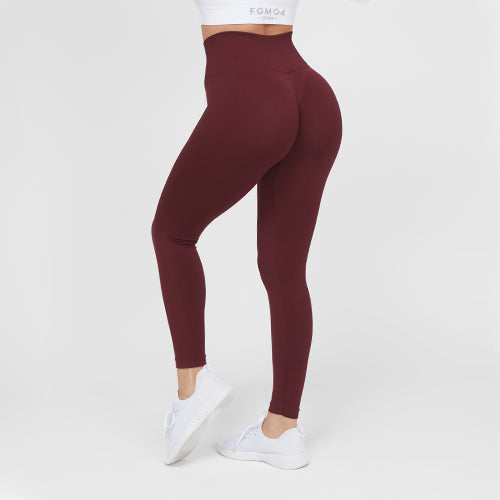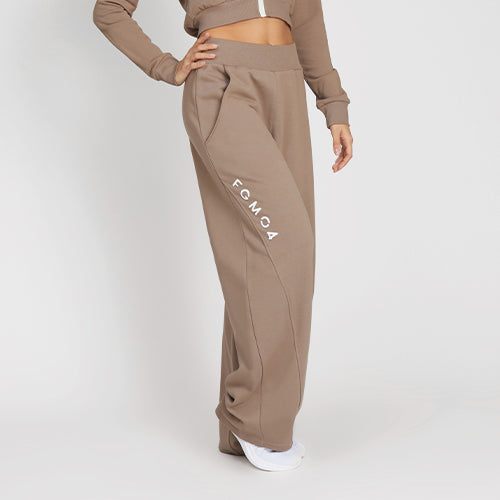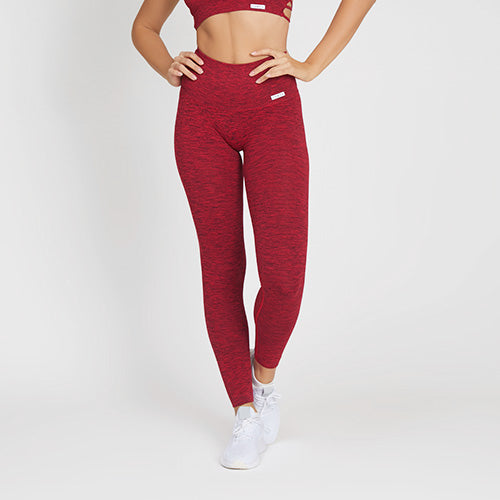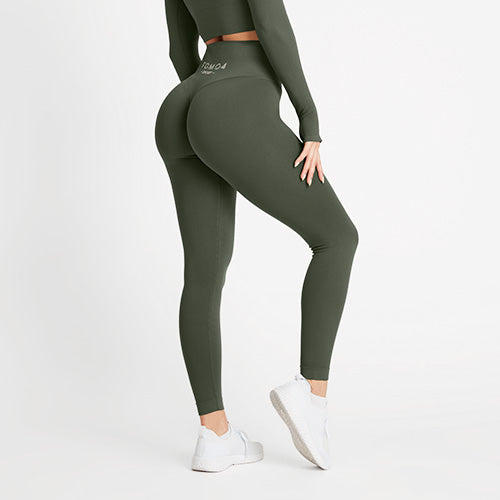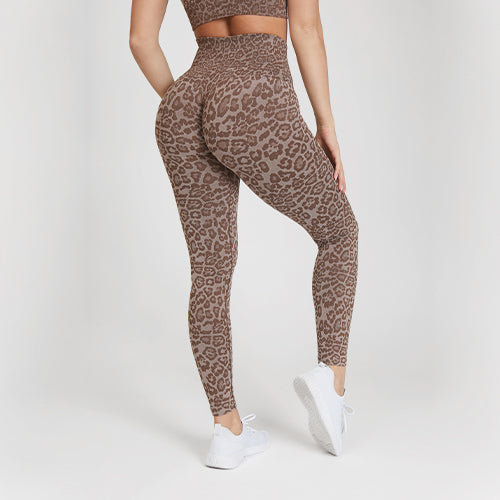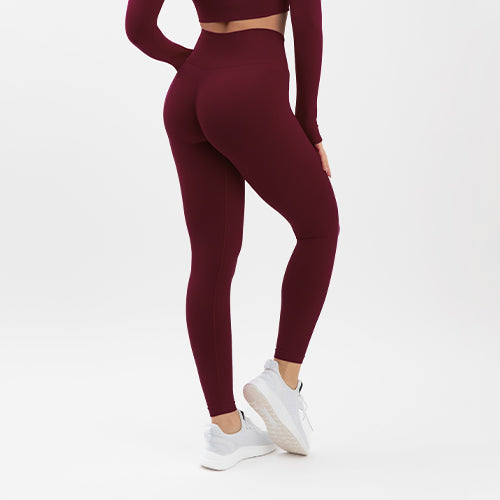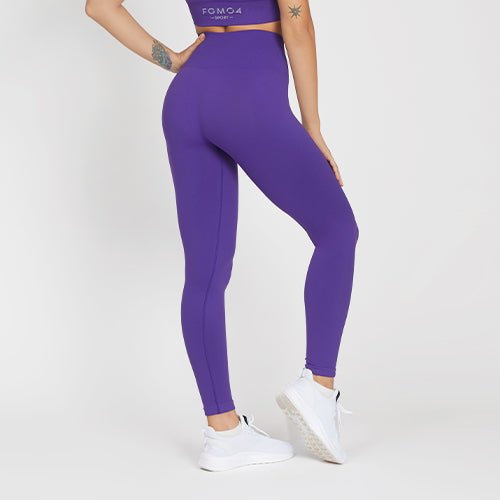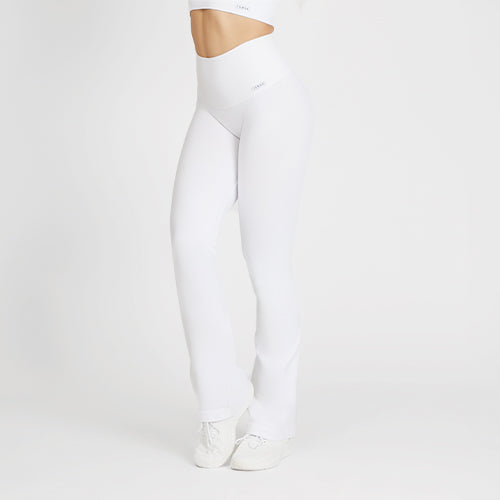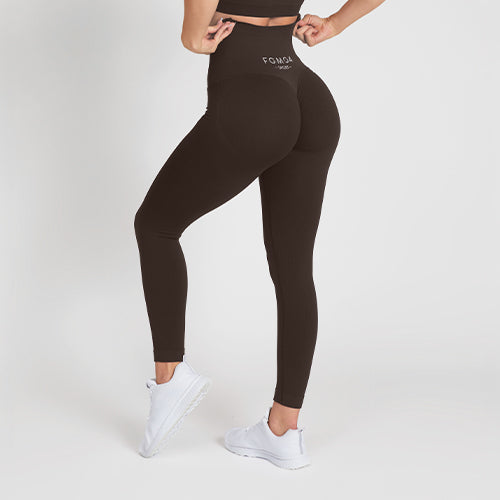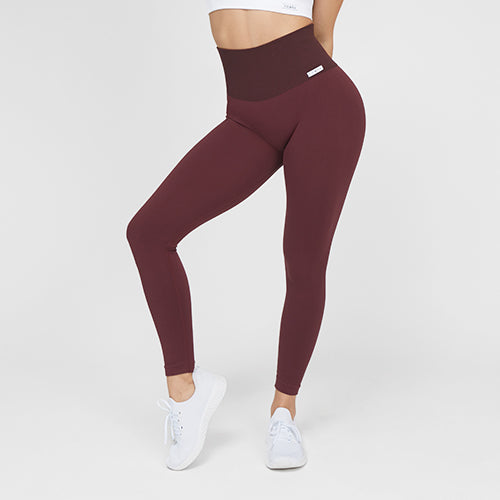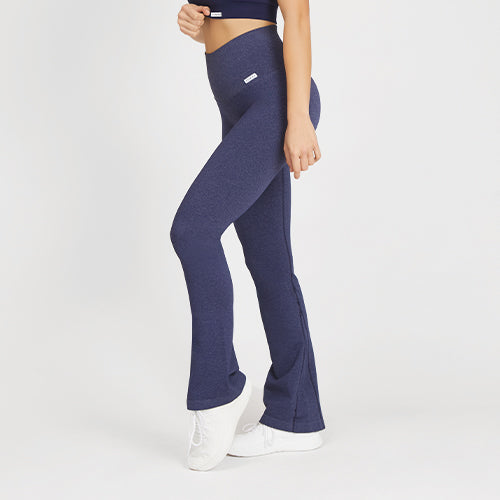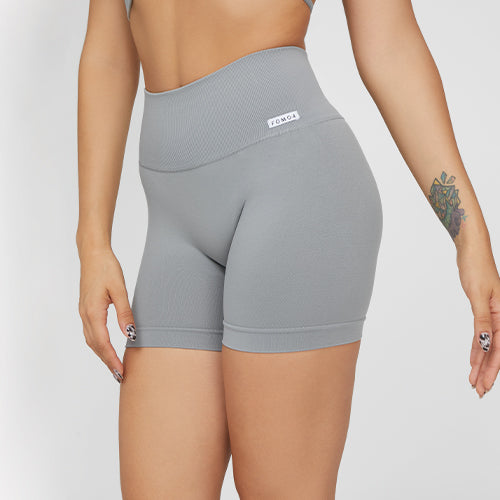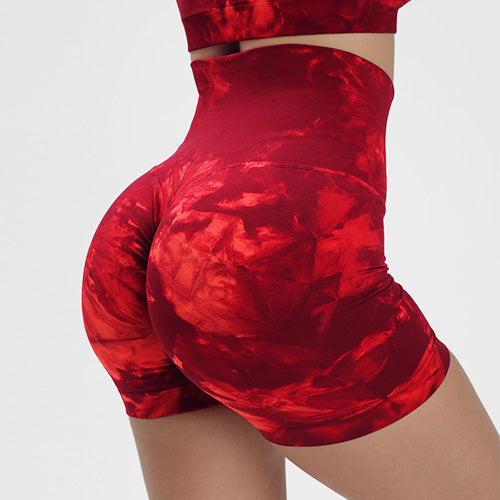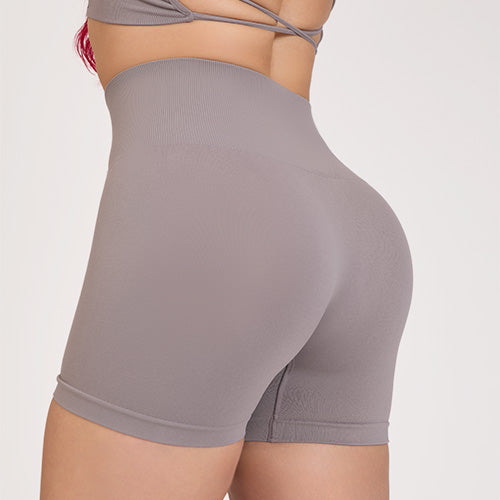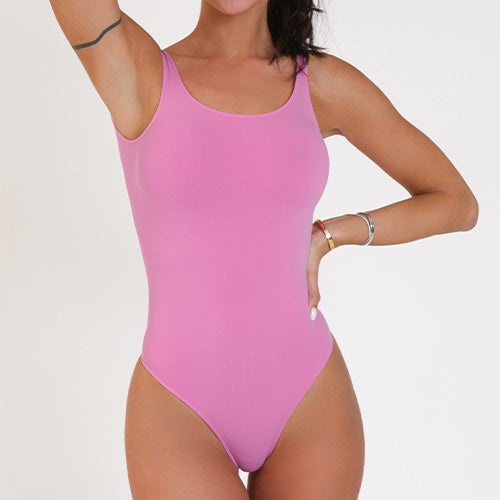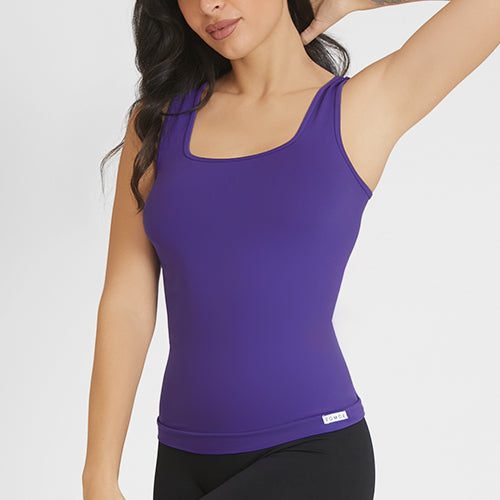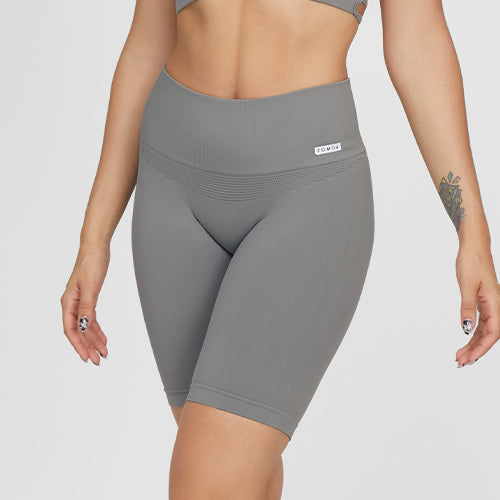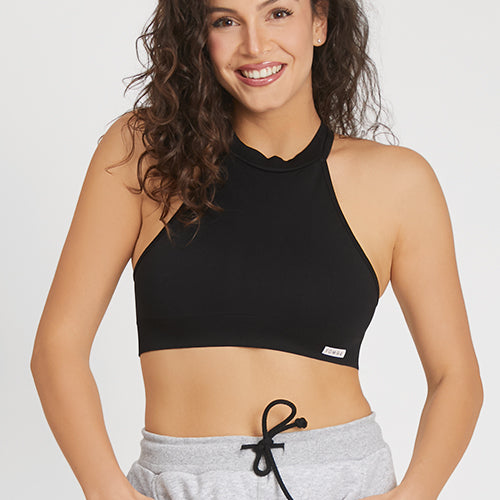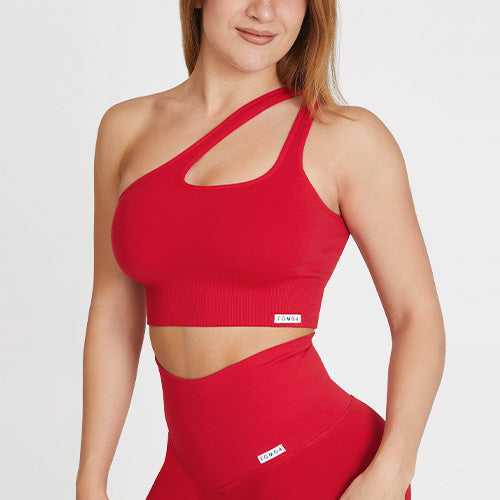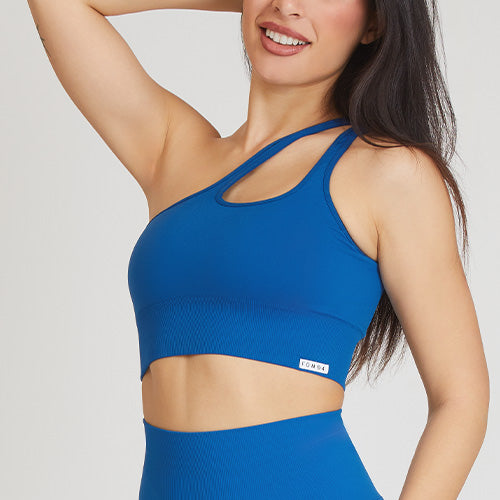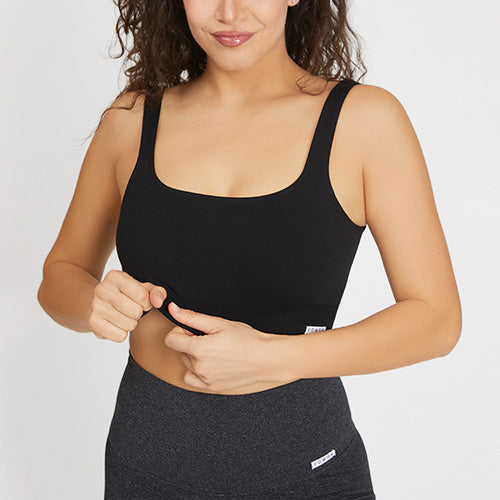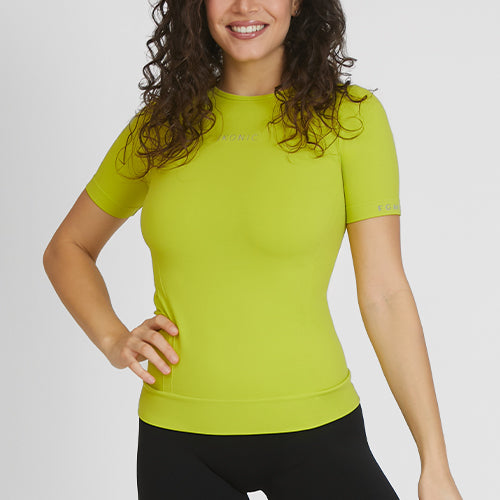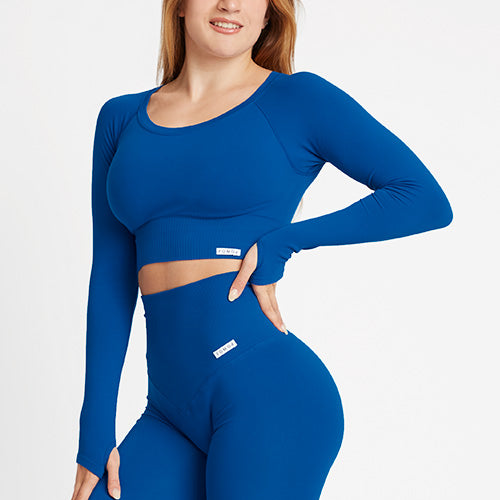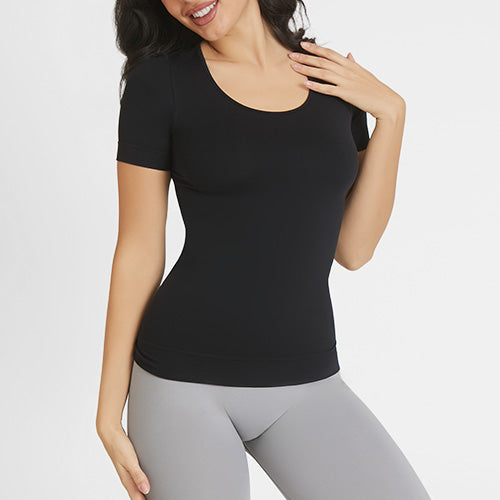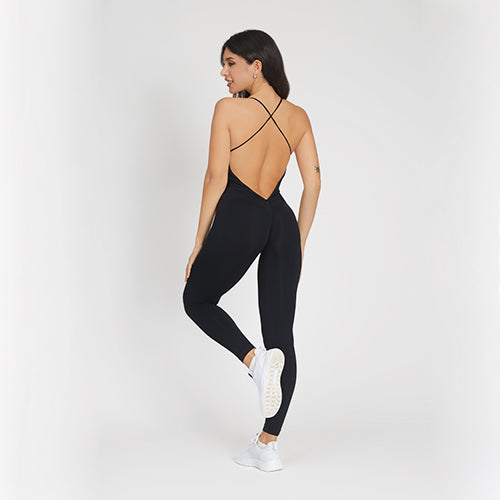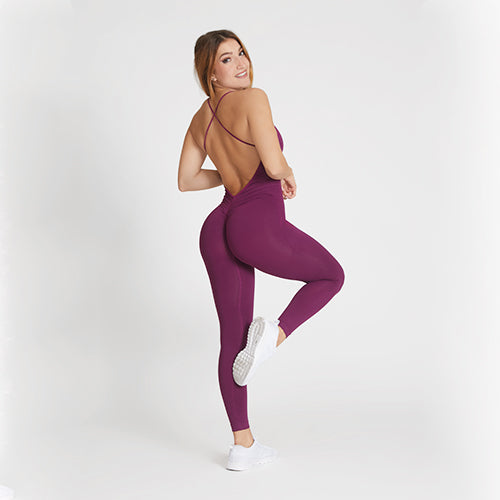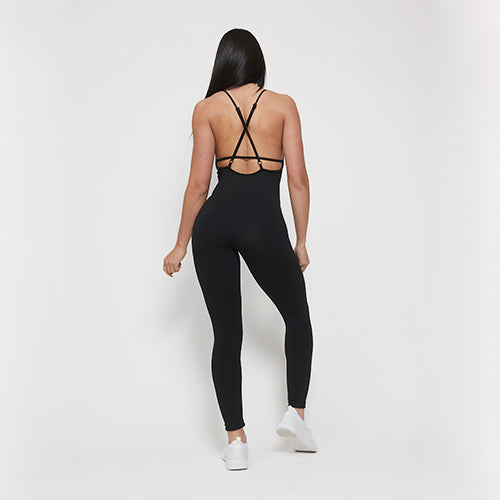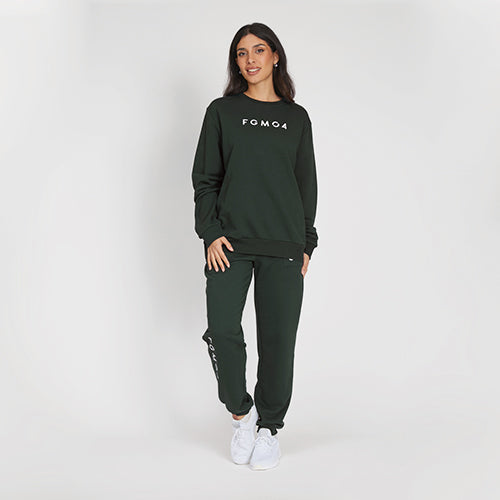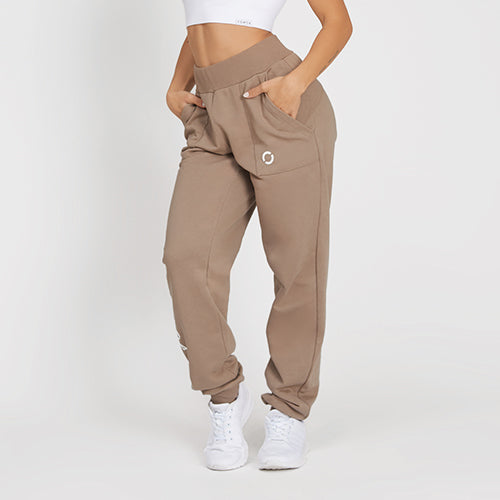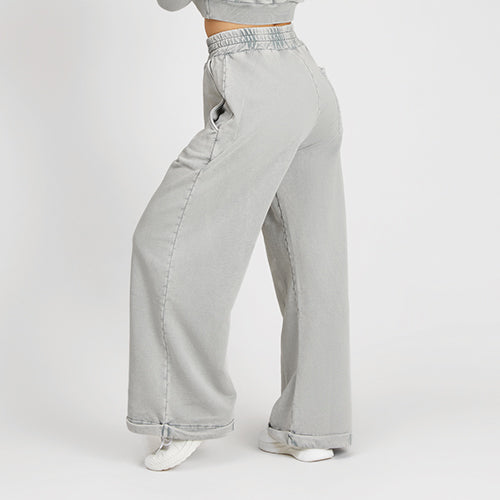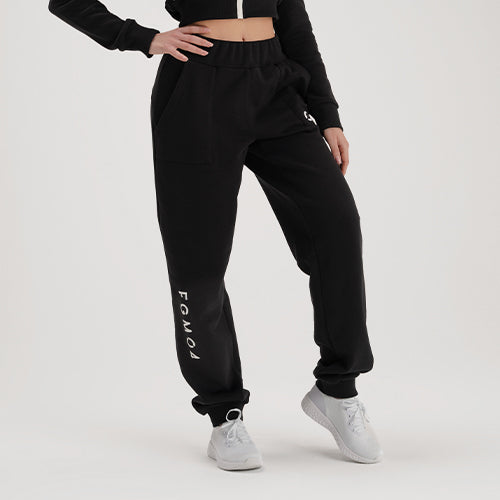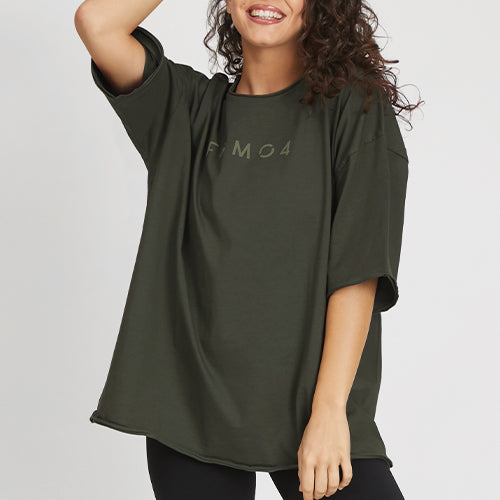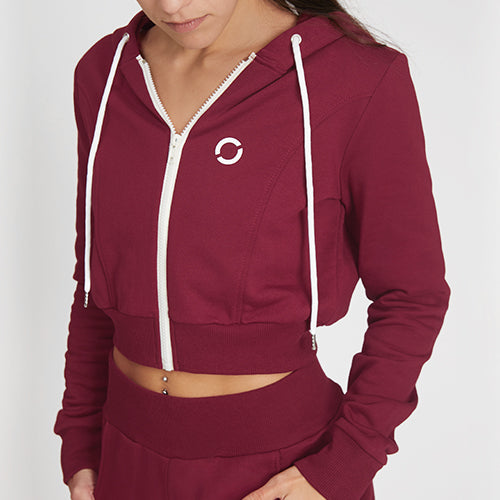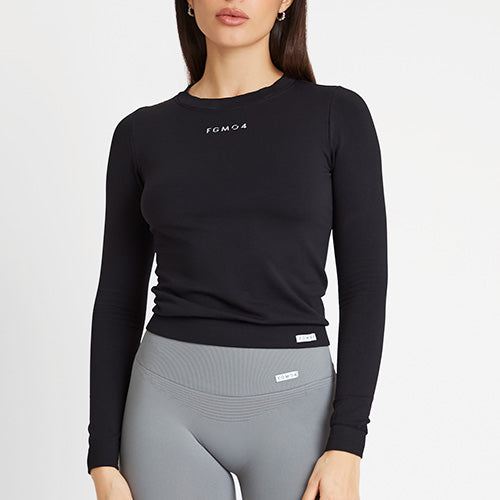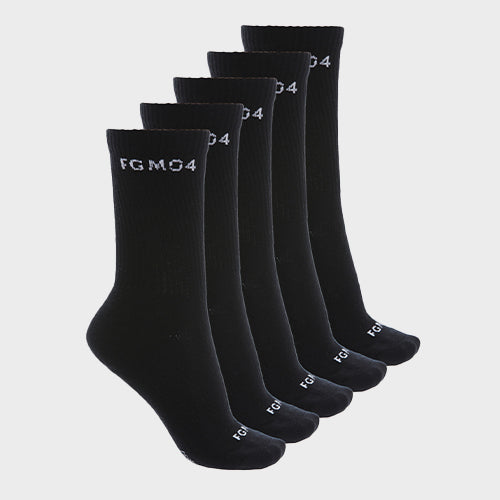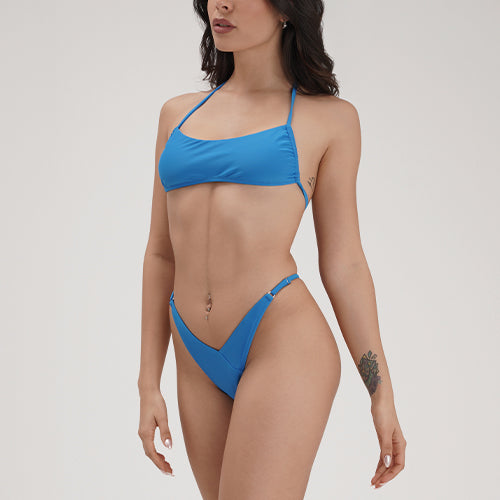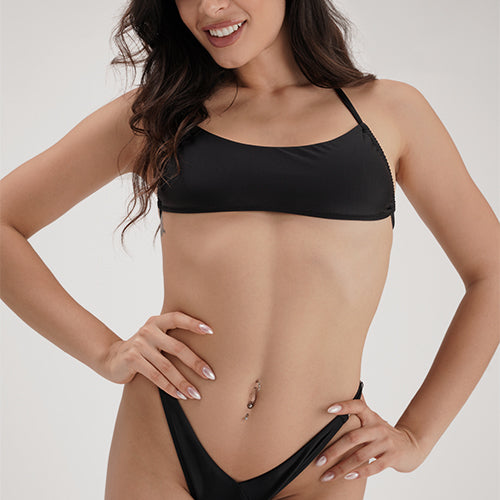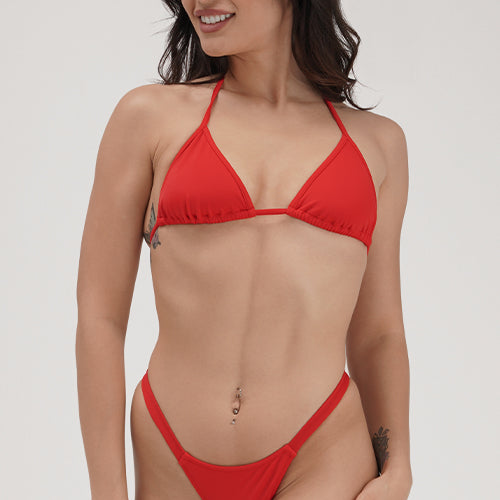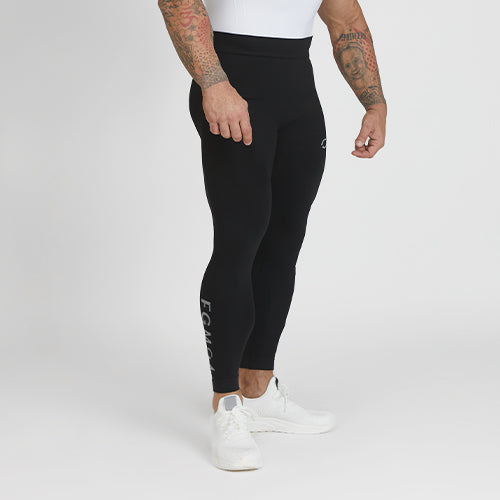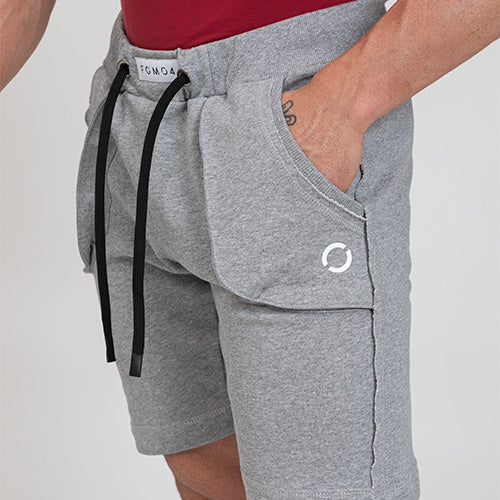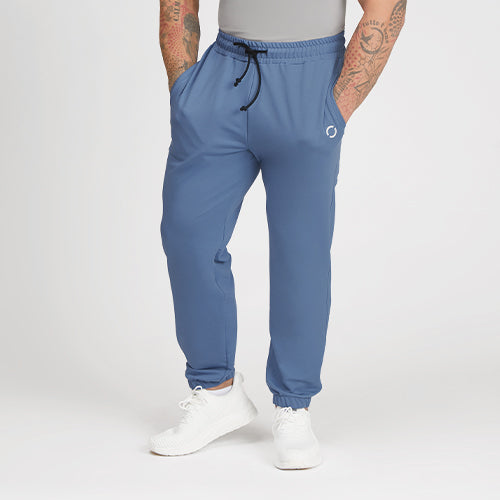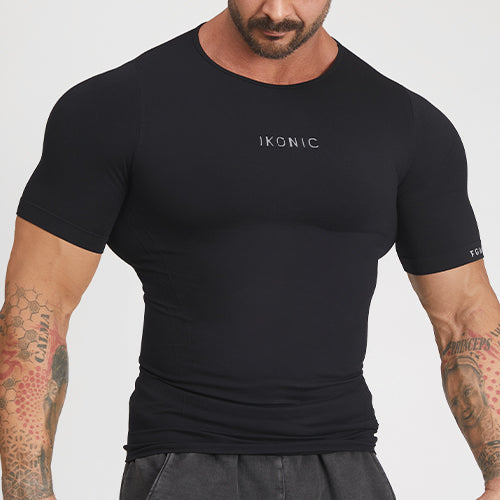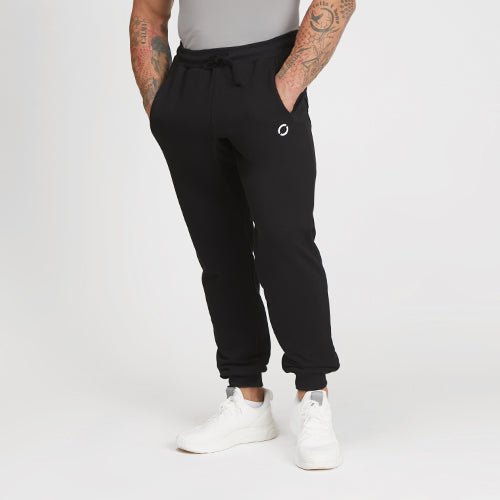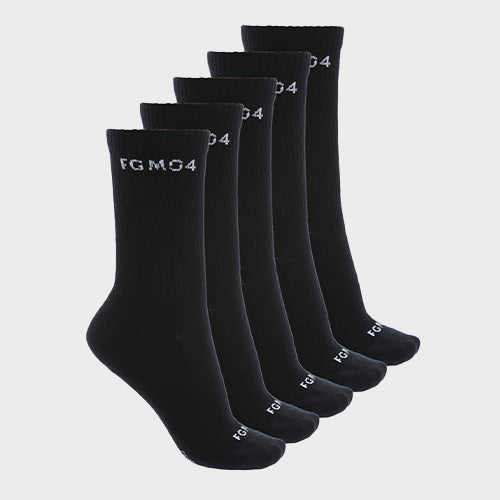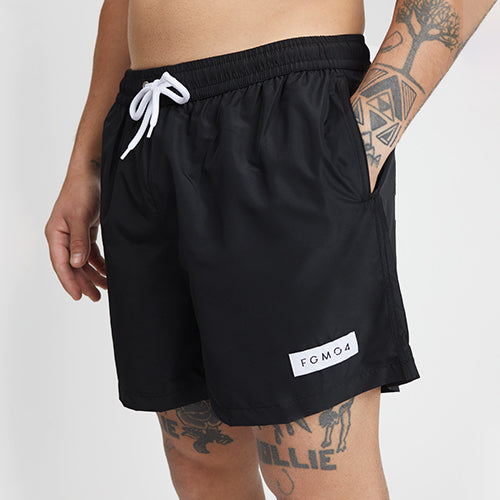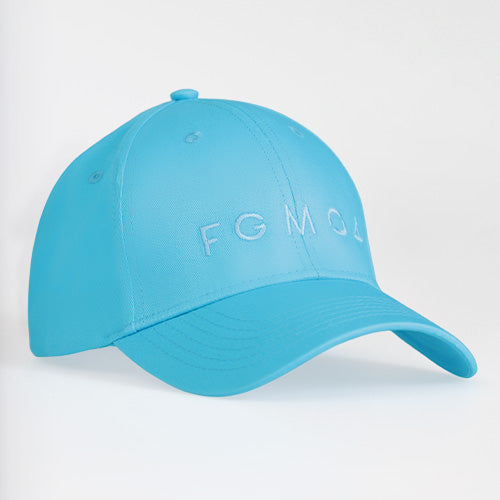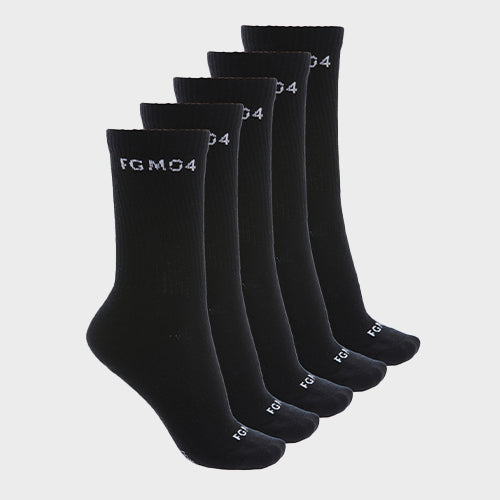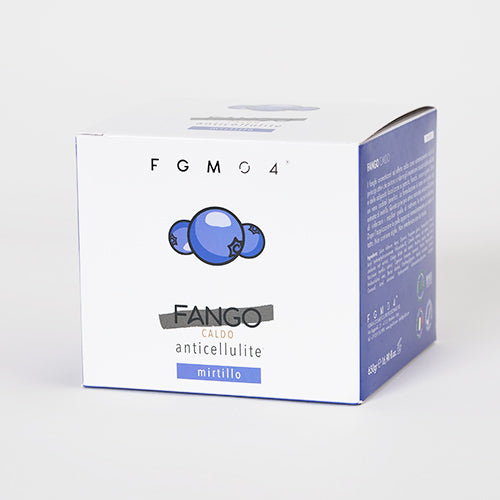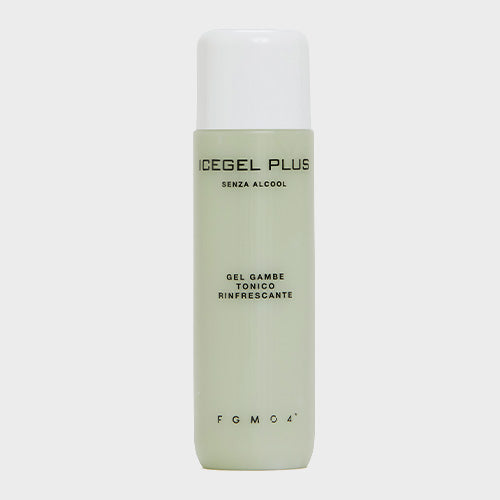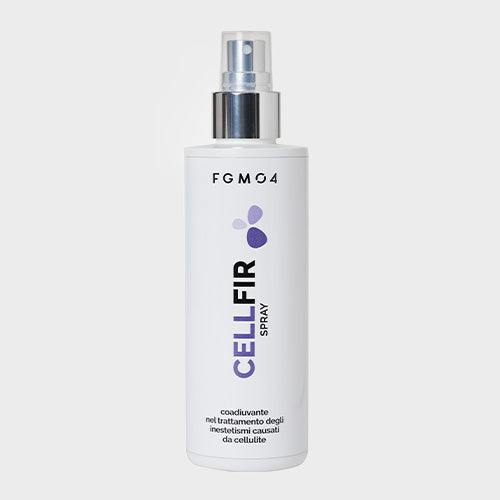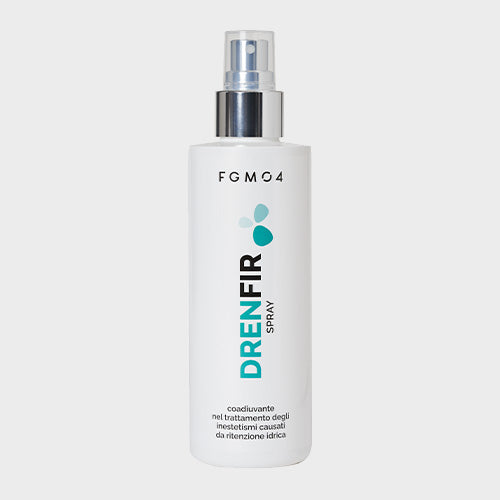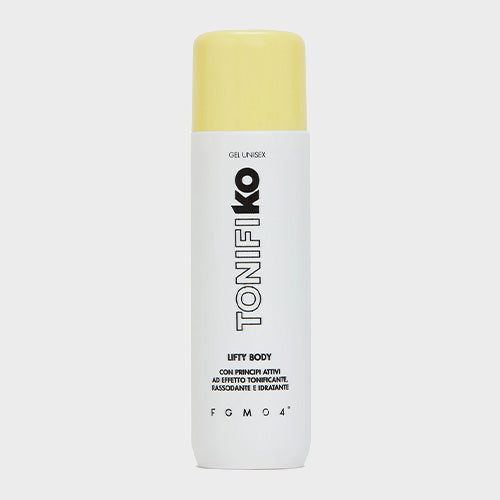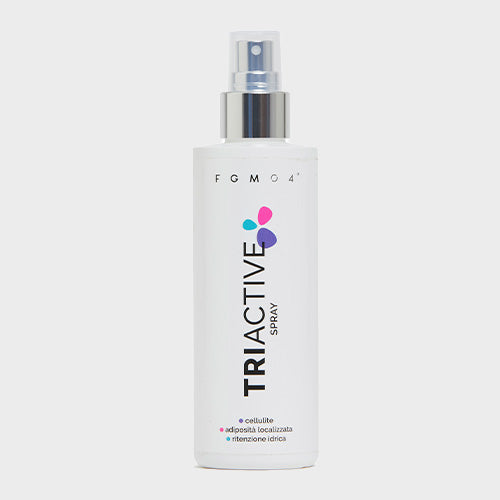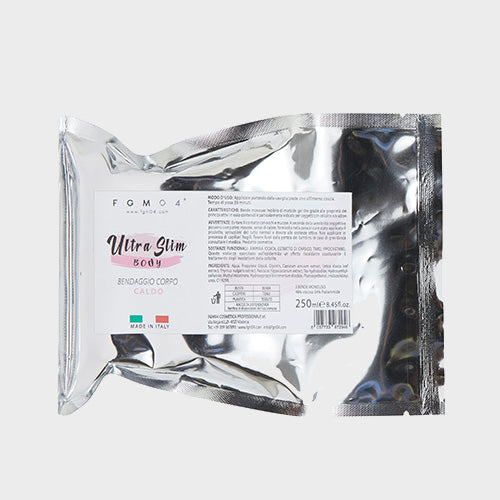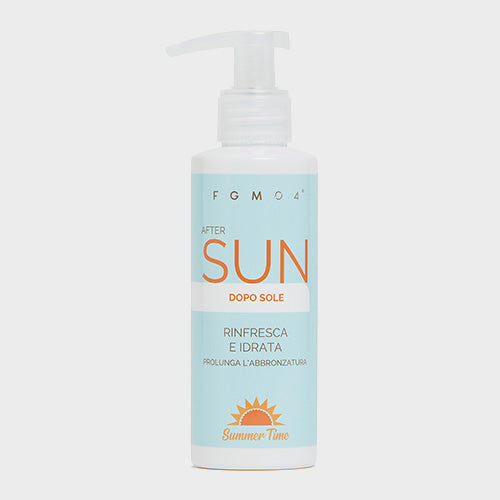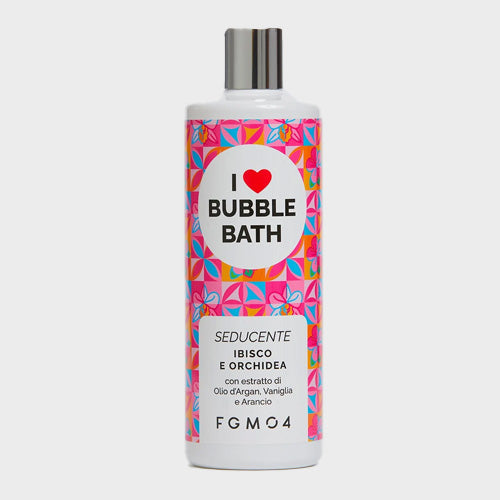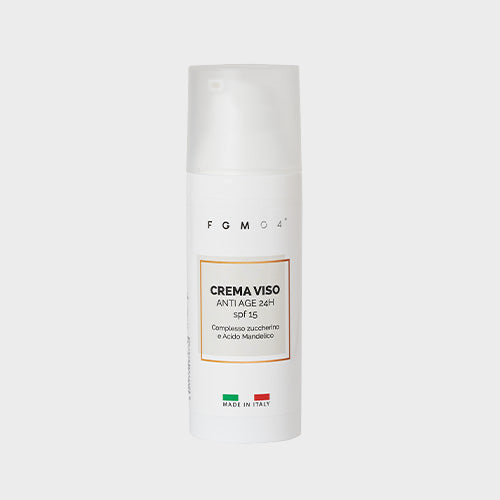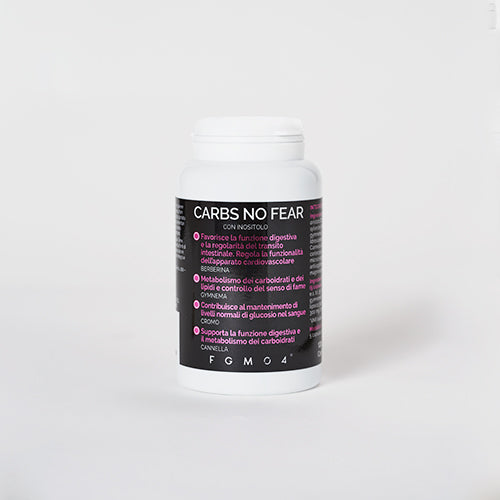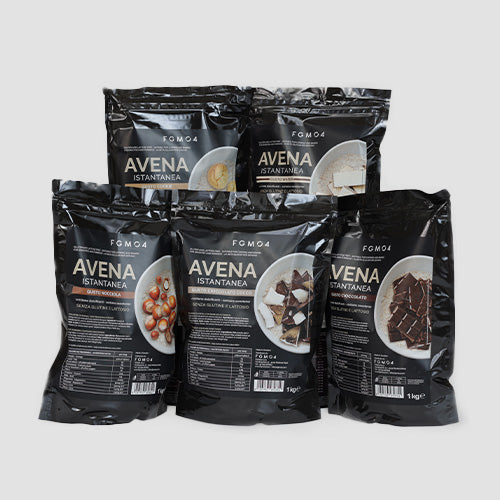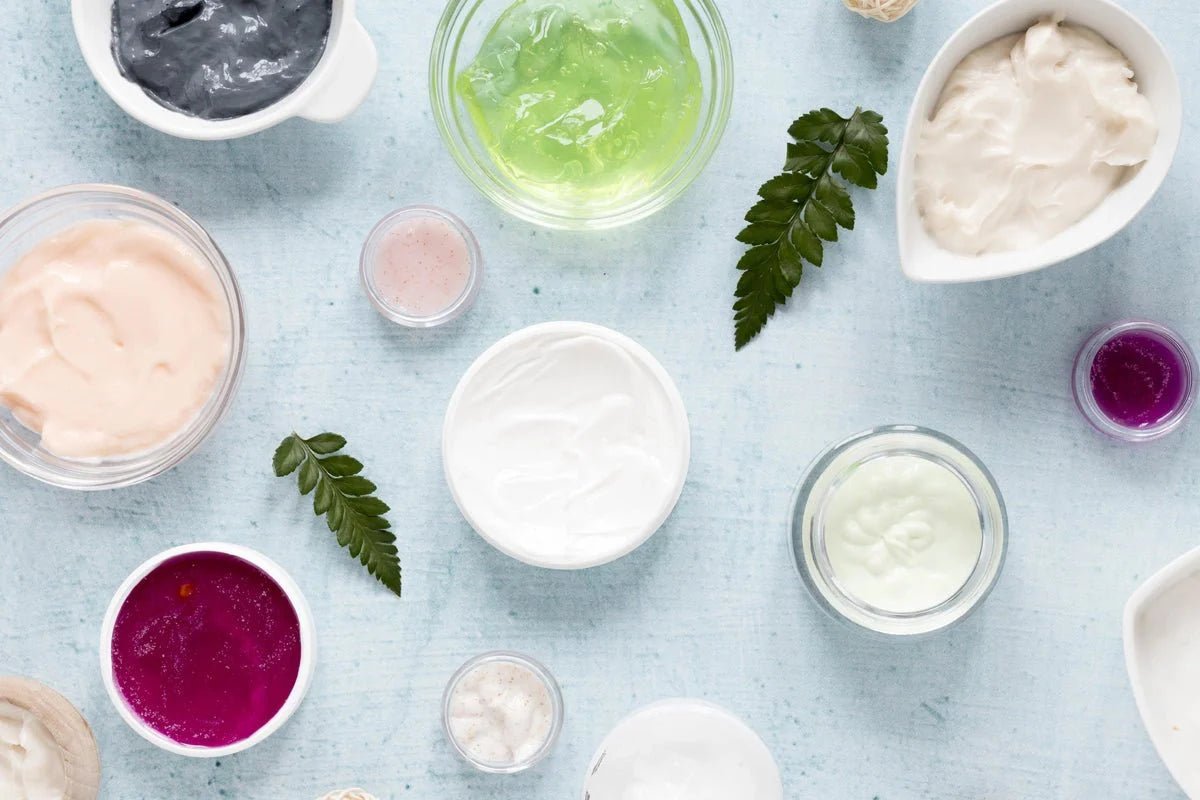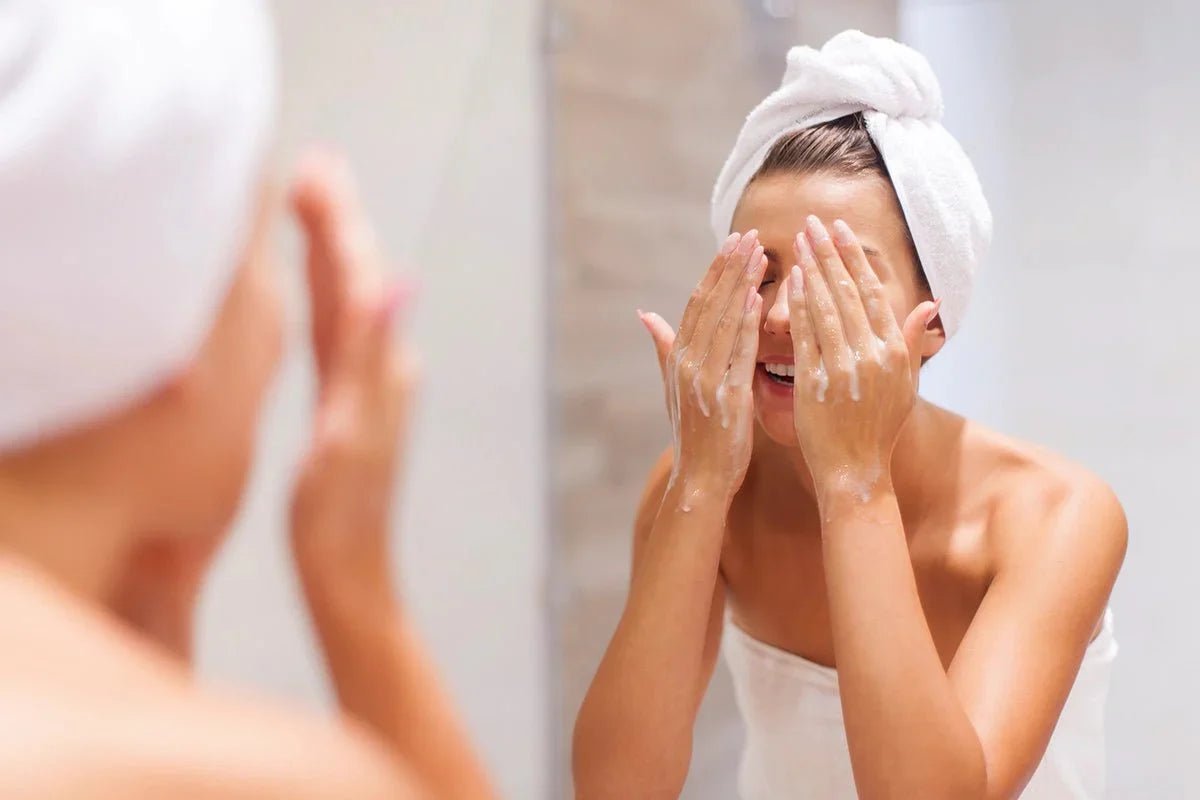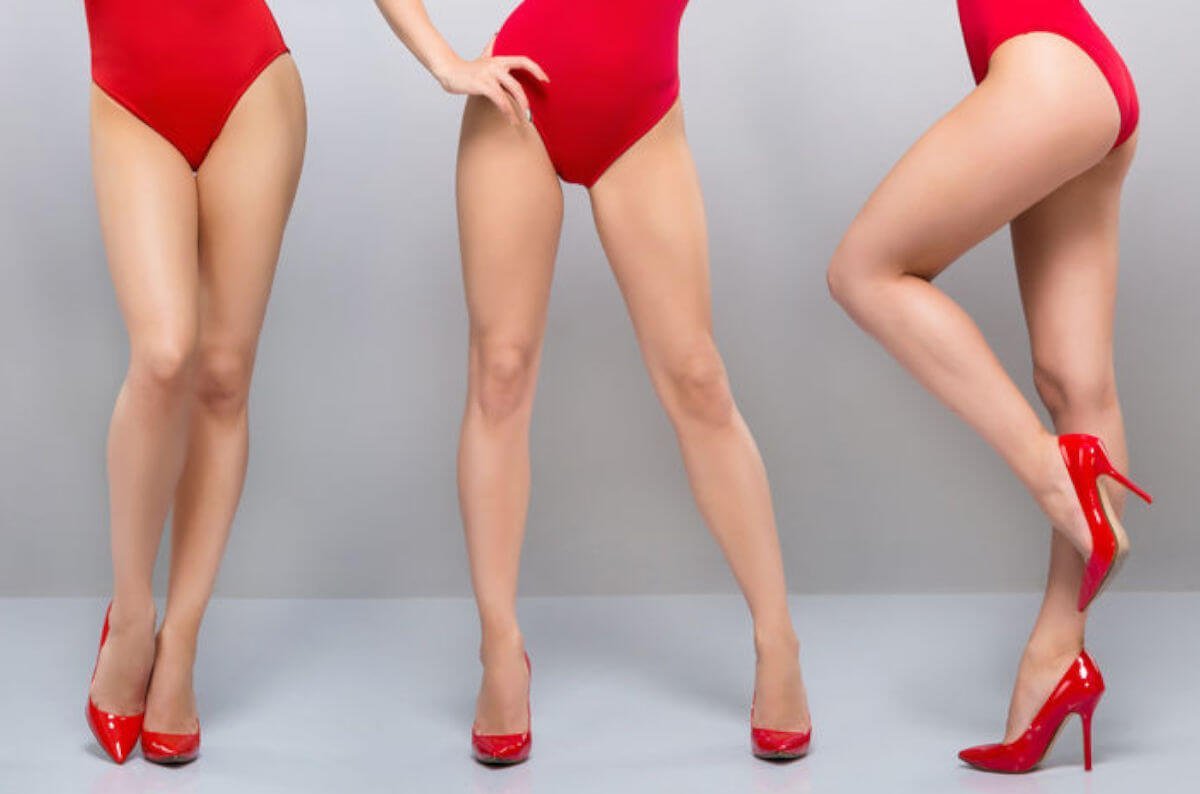Differences between creams and gels
In this article we will discover the main ones differences that there are between creams and gels: surely at least once in your life you have found yourself buying a cream or a gel and wondering which product is better and what the respective differences are between the two products.
Nowadays it is possible to find on the market a great variety of products, formulated and conceived with the most varied use of active ingredients. We try to clarify by providing you with some information relating to the characteristics of the main products available on the market.
What are ointments?
For ointments these are generally products whose formulation uses oil, or a decidedly fatty ingredient characterised by a limited water content.
Ointments, due to the important presence of fats, are particularly suitable products to be applied to dry skin that constantly require hydration and nourishment.
The characteristic and peculiarity of these products is their ability to not be immediately absorbed by the skin, leaving a layer on the surface of the latter, capable of trapping moisture, thus counteracting the tendency of the skin to dry out quickly.
Also due to the presence of fatty substances and little water in their formulation, ointments are able to exert their action for a relatively long time. Being present in the ointments a quantity of water close to zero, in these products there are no preservatives, due to the difficulty of microorganisms to colonize the substance that composes them.
What are creams?
Unlike ointments, the creams they are products whose formulation is made up of the presence of oils and water: they are semi-solid products, characterised by an emollient and lubricating formulation.
Creams are absorbed very easily by the skin of our body and thanks to the presence of water, their application is very simple. The presence of water also allows the creams to be applied in particularly extensive areas of the body. These products are usually used to lubricate and increase the state of skin hydration and relative softness.
Creams have significant applications in the pharmaceutical and cosmetic fields: as far as cosmetics are concerned, creams are particularly recommended for skin that tends to be oily, due to the significant presence of water in their formulation, which facilitates their speed of absorption.
What is gel?
For gel (hydrating gel And gel cream) refers to a two-phase, elastic colloidal material consisting of a liquid enclosed within a solid phase. The liquid is in fact confined and inhabits the solid structure: the latter exploits the surface tension of the liquid, thus avoiding to collapse.
A gel can have an organic or inorganic origin.

What is the difference between cream and serum?
The main difference between cream and serum It is to be found in the different action times of the respective products: serums are in fact characterised by an almost immediate action, since they provide water directly. The effectiveness of a cream is instead appreciable more in the medium term. The serum, on the other hand, is immediately effective, but its effectiveness does not persist over time as it does for a cream.
When applying these products to the face, it is important to note that some dermatologists recommend a synergistic application of serum and cream: for example, an application of the serum in the morning and an application of the cream in the evening, before going to bed.
Difference between cream and gel
What is the difference between cream and gel? We often use and apply both cream and gel on our body. However, there is a substantial difference between these two products: first of all, the gel is characterized by a gelatinous and transparent appearance, a sort of cross between a solid and a liquid. To tell the truth, the consistency of the gel is definitely closer to the liquid state than to the solid state, while behaving in fact like a solid: this mainly depends on the presence in the product of some molecules that prevent a constant flow.
Most commercially available gel products feature water in their own formulation: These products are also marketed under the name of hydrogel.
The composition of a gel It can include the presence of many substances, with the addition of water and thickeners. The latter are often and willingly polymers or polysaccharides.
Creams are more common products and have been available on the market longer than gels. As stated in the previous paragraphs, most of the creams available on the market are characterized by the presence of water. However, it should be noted that the formulation of some creams provide for the presence of oil.
The creams compared to gels are much thicker and therefore require a longer time of absorption by the skin of the body. Before the advent of the gel, creams were also applied to the hair. Today, with the introduction of the gel, a great many variants of hair products are available.
On the market, you can choose between creams that contain oil and creams that contain only water. Creams that contain oil are usually lanolin or petroleum jelly. A cream, unlike a gel is never transparent.
Difference between Serum and Gel
As for the difference between serum and gel, we can say that serums are usually used after toning or before applying a cream. The gel, just like the serum is usually devoid in its formulation of the fat component and is more or less rich in active ingredients.
A gel can be pure (for example hyaluronic acid) or treated with active ingredients.
For example, our Anti Age Program SINERGY It also includes 2 serums to be applied morning and evening before creams.
FGM04 Cosmetic Gels
FGM04 offers a wide range of cosmetic gels specially designed and formulated to treat every part of the body.
We mainly prepare cosmetic products in gel form, as it facilitates faster absorption by the skin. The gel formulation also allows us to insert a greater percentage of functional active ingredients into the product.
All products cosmetic gels offered by FGM04, compared to other gels on the market, they are not sticky.
Credits images:
Cover: Image of Freepik
Image of aloe vera gel. Image of jcomp on Freepik

